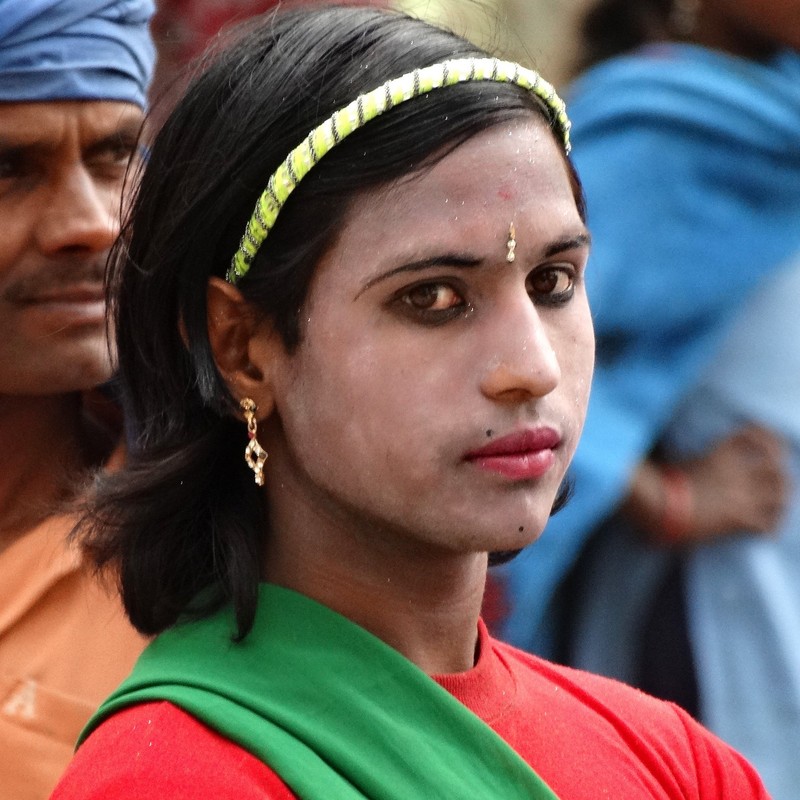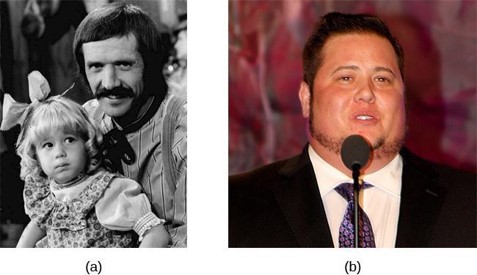Gender Identity
Generally, our psychological sense of being male and female, gender identity corresponds to our biological sex. This is known as cisgender. This is not true for everyone. Transgender individuals’ gender identities do not correspond with their birth sexes. Transgendered males assigned the sex female at birth have a strong emotional and psychological connection to the forms of masculinity in their society that they identify their gender as male. A parallel connection to femininity exists for transgendered females.

A binary or dichotomous view of gender (masculine or feminine) is specific to some cultures, like the United States, but it is not universal. In some cultures there are additional gender variations resulting in more than two gender categories. For example, Samoan culture accepts what they refer to as a third gender. Fa’afafine, which translates as “the way of the woman,” is a term used to describe individuals who are born biologically male but embody both masculine and feminine traits. Fa’afafines are considered an important part of Samoan culture. In Thailand, you can be male, female, or kathoey (Tangmunkongvorakul, Banwell, Carmichael, Utomo, & Sleigh, 2010) and in Pakistan, India, Nepal, and Bangladesh transgender females are referred to as hijras, recognized by their governments as a third gender (Pasquesoone, 2014).
Because gender is so deeply ingrained culturally, it is difficult to determine the prevalence of transgenderism in society. Rates of transgender individuals vary widely around the world (see Table 1) and are shaped by social norms and cultural values. Transgendered individuals, who wish to alter their bodies through medical interventions such as surgery and hormonal therapy, so that their physical being is better aligned with their gender identity, are called transsexuals. Not all transgendered individuals choose to alter their bodies. Many will maintain their original anatomy but may present themselves to society as the opposite gender.
| Nation | Transgender People per 100, 000 |
| Sweden | .17 |
| Poland | .26 |
| Ireland | 1.4 |
| Japan | 1.4 |
| India | 167 |
| Thailand | 333 |
| United States | 476 |
| Malaysia | 1, 333 |
There is no single, conclusive explanation for why people are transgendered. Some hypotheses suggest biological factors such as genetics, or prenatal hormone levels, as well as social and cultural factors, such as childhood and adulthood experiences. Most experts believe that all of these factors contribute to a person’s gender identity (American Psychological Association, 2008). Unfortunately, transgendered and transsexual individuals frequently experience discrimination based on their gender identity and are twice as likely to experience assault or discrimination as non-transgendered individuals. Transgendered individuals are also one and a half times more likely to experience intimidation (National Coalition of Anti-Violence Programs, 2010) and be the victim of violent crime.


